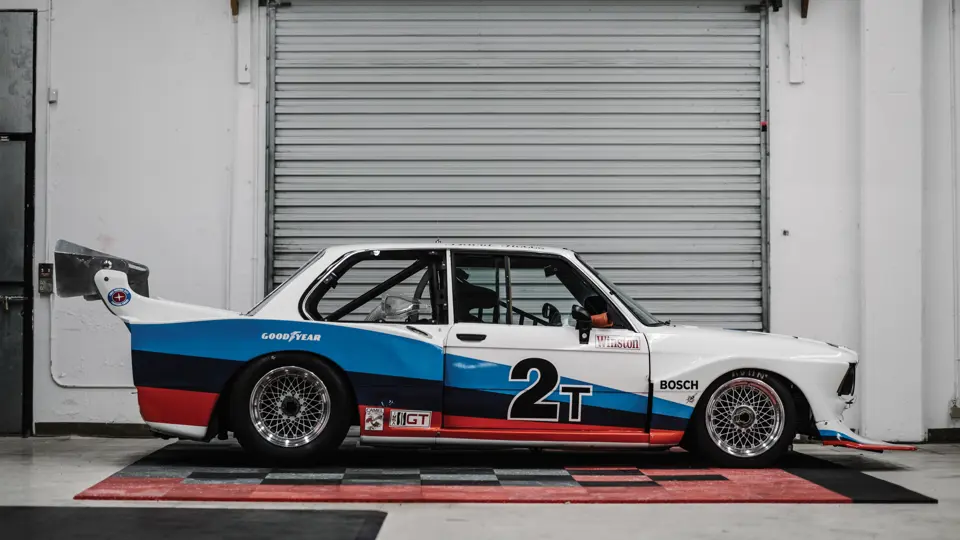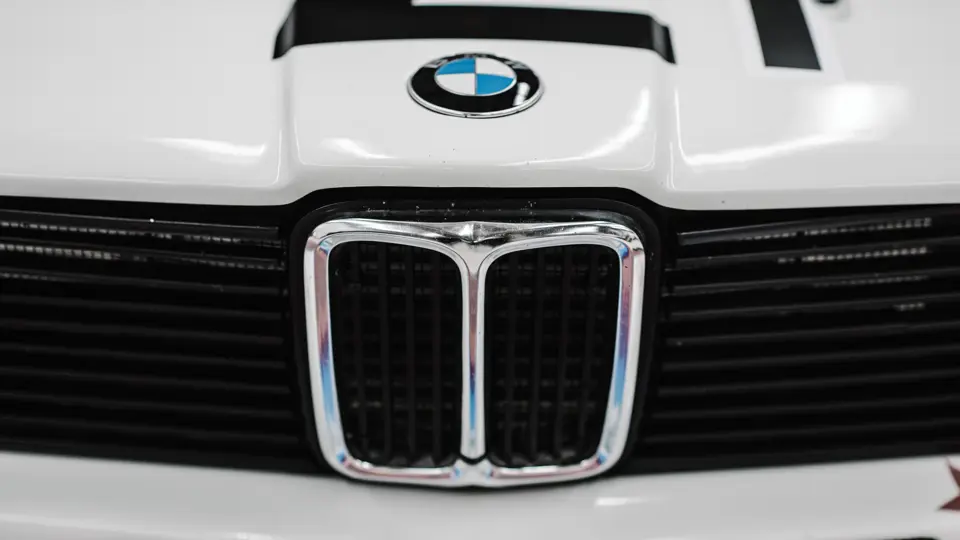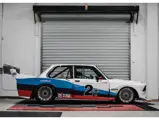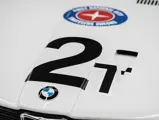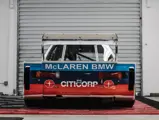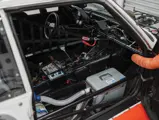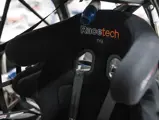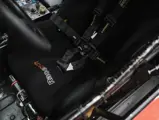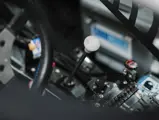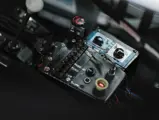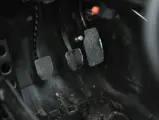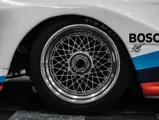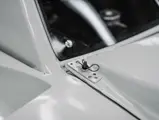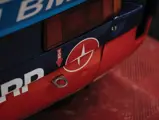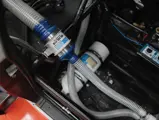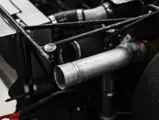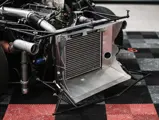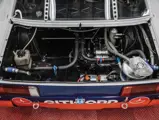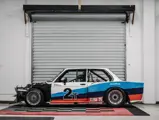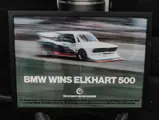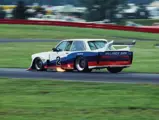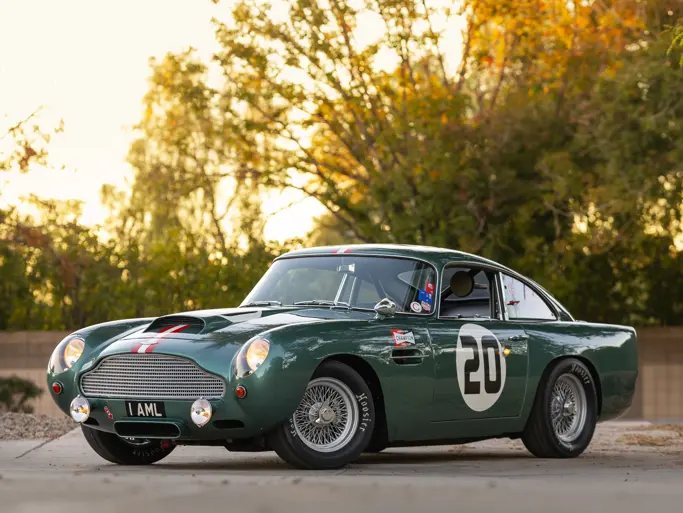
1978 BMW 320i Turbo GTU
{{lr.item.text}}
$731,000 USD | Sold
The BMW Motorsport Collection of Henry Schmitt
{{bidding.lot.reserveStatusFormatted}}
- Offered from the BMW Motorsport Collection of Henry Schmitt
- One of five total examples built; the sole lightweight example built
- One of three campaigned by BMW North America in IMSA GT between 1977 and 1979
- Winner of the 1979 Road America 500 driven by David Hobbs and Derek Bell
- Eight top-three finishes, including winner of 1978 Sears Point and 1979 Hallett races
- Well-known in historic IMSA racing after numerous appearances since 2008
- Extremely rare and important example of BMW-McLaren’s pivotal IMSA GT race car
On the heels of its successful CSL racing program in the IMSA GT series in America, BMW approved a new program in late 1976 that would transform the E21 320i into a screaming race winner. The hidden agenda of this campaign was actually to develop a new turbocharged engine for future Formula 1 use.
In a matter of weeks, BMW hired McLaren Engines in Livonia, Michigan, to conduct turbo development and tuning, while signing the renowned driver David Hobbs. With the 320i’s steel coachwork exchanged for an aerodynamically developed fiberglass body, the new BMW racer struggled to just a handful of wins through its inaugural 1977 season, as the new engine experienced teething problems.
Two cars were initially built by BMW Motorsport for the factory IMSA team, chassis no. 001 and 002. After the dominance of Porsche during 1977, though, it was clear the 320i Turbo required improvement, so chassis no. 003 (the subject lot) was built as a lightweight example that shaved off almost 300 pounds. The bodywork was further modified with a one-piece hood with integrated fenders, a nose-splitter, and a wider, squared rear end, which accommodated the placement of twin radiators behind huge rear 19-inch wheels. McLaren’s headway on turbo development led to a new engine classification, the M12/9 motor, which developed a whopping 600 hp.
Despite tremendous promise, chassis no. 003 made an inauspicious debut at Lime Rock in May 1978 when Hobbs crashed the car during qualifying. Problems with the turbo continued to plague the car for much of the season’s remainder. However, its potential was obvious in its first victory at Sears Point in July and a 2nd-place finish at Mid Ohio in late August. In September the Lightweight was shipped to Germany for use at the Norisring round of the German Manufacturer’s Championship, and Hans-Joachim Stuck drove the car to 7th place. At the conclusion of the 1978 IMSA season, Hobbs finished a disappointing 5th, with the Porsche 935 teams dominating once again.
The year 1979 saw the momentum shift towards BMW as the 320i Turbo was honed into a more reliable machine. In addition to the three factory-campaigned chassis, BMW allocated two additional cars to Jim Busby’s privateer efforts, bringing the total number of chassis to five examples. McLaren had worked through much of the turbo lag for improved throttle response, and Hobbs capitalized by driving chassis no. 003 to victory at Hallett and 2nd-place finishes at Laguna Seca, Lime Rock, and Brainerd. The Lightweight’s greatest moment undoubtedly came at the Road America 500 in early September 1979, although the team nearly withdrew from the race because the car rarely lasted in long events. But surprisingly, Hobbs and Derek Bell managed to win the race outright despite issues with the fuel cell.
Following the 1979 season, BMW canceled the 320i Turbo program, having undertaken much of the proving on its future Formula 1 engine, which, in higher form, would go on to power Nelson Piquet’s 1983 Driver’s Championship in a Brabham BT52-BMW. The 320i IMSA team and crew members were overwhelmingly disappointed with the notion that the Turbo could have done so much more if it had been better funded.
Chassis no. 003 was then sold to racing engineer and driver Harry Haggard of California, who is understood to have simultaneously purchased chassis no. 001. Haggard stored the 320i for a number of years before selling it in 1989 to racing car enthusiast Kerry Morse of nearby Irvine. Under Morse’s ownership, 003 was campaigned twice at Laguna Seca, including the 1996 Monterey Historics (where BMW was a featured marque).
In 2008 Morse sold the Lightweight to Henry Schmitt, who comprehensively freshened the car for event use. In recent years, 003 has made regular appearances at the Monterey Historics and the Wine Country Classic, among other events. Most recently, 003 was successfully raced at the 2019 Sonoma Speed Festival. Additionally, it appeared as the subject (and cover) car of a feature on the 320i Turbo IMSA factory campaign in the July/August 2016 issue of Vintage Motorsport.
Ideal for further use in IMSA historic racing events and marque exhibitions, chassis 003 is the only 320i Turbo IMSA Lightweight built, one of three examples raced by the factory, and one of five total cars built. The rare Turbo is documented with numerous articles on the 320i factory campaign and recent service invoices. It would make a fantastic complement to any racing collection, ideal for BMW Motorsport enthusiasts worldwide.


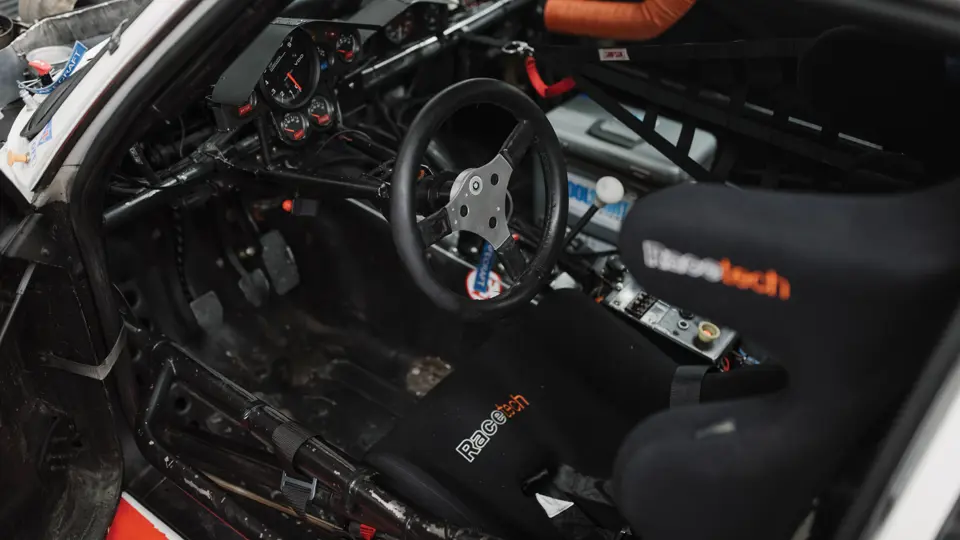


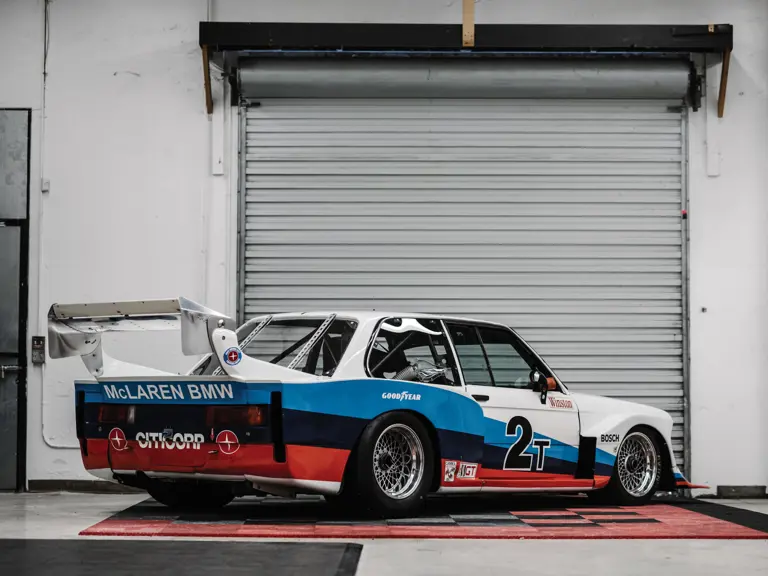
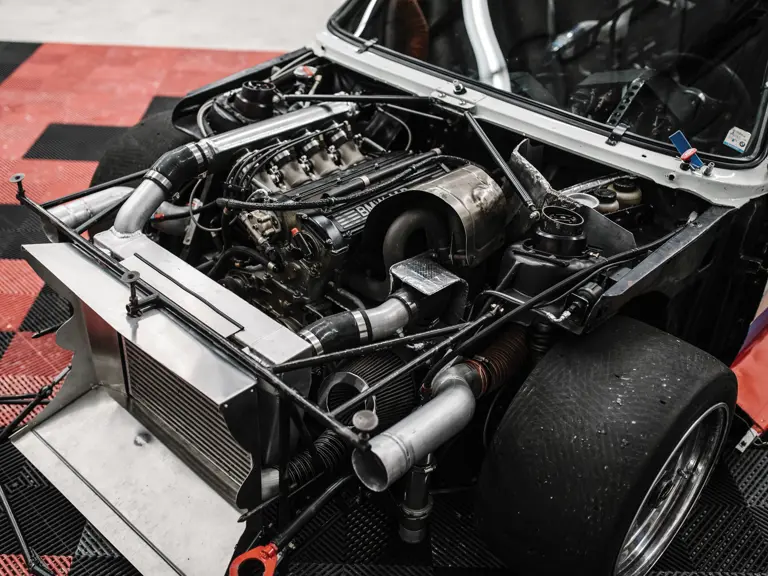
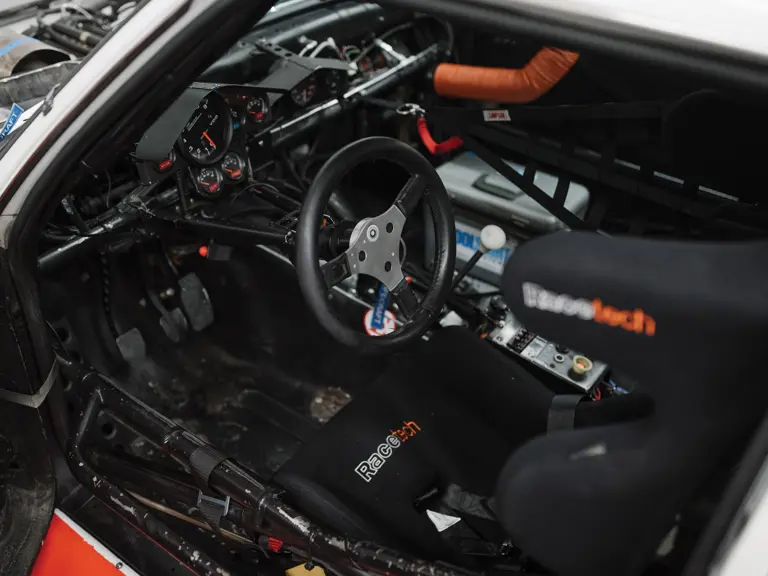

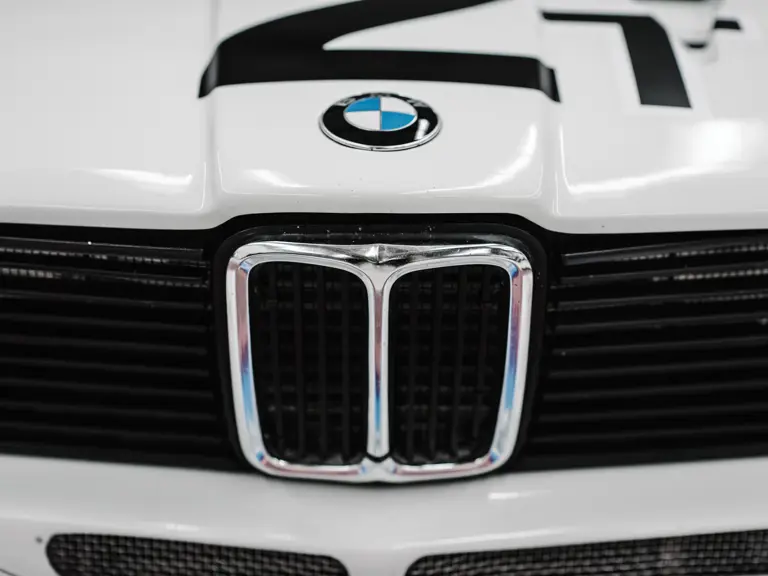
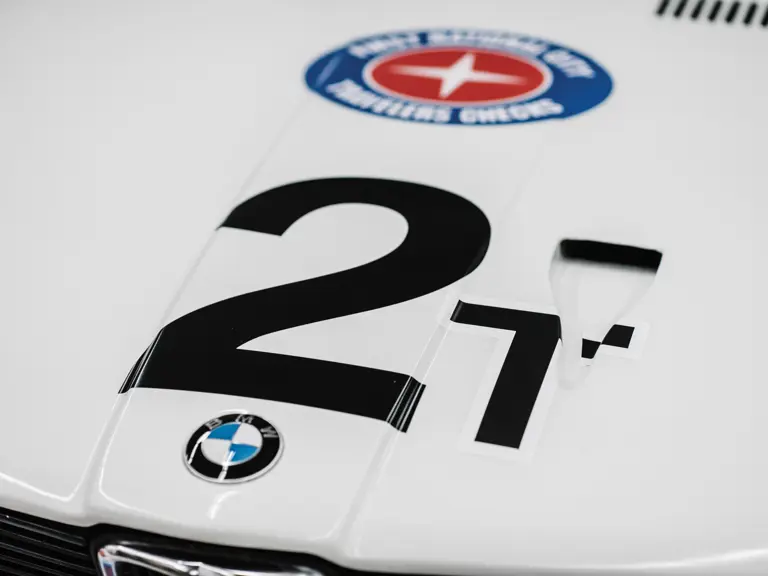
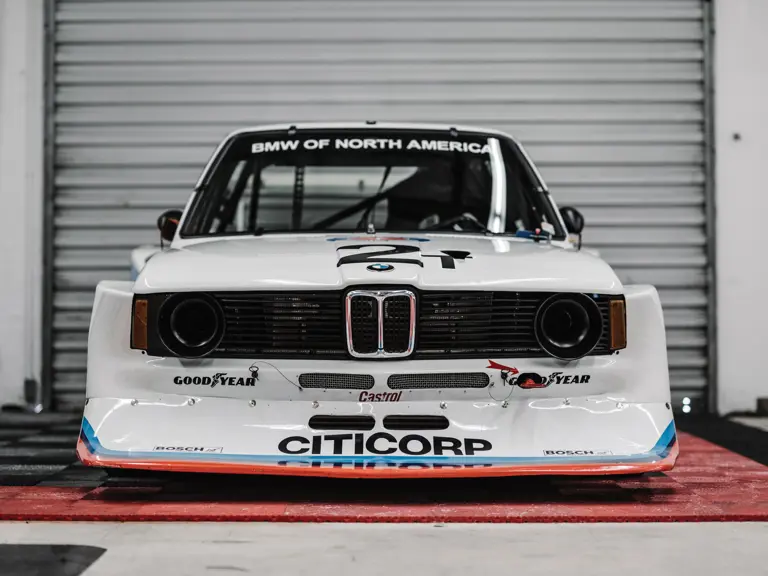

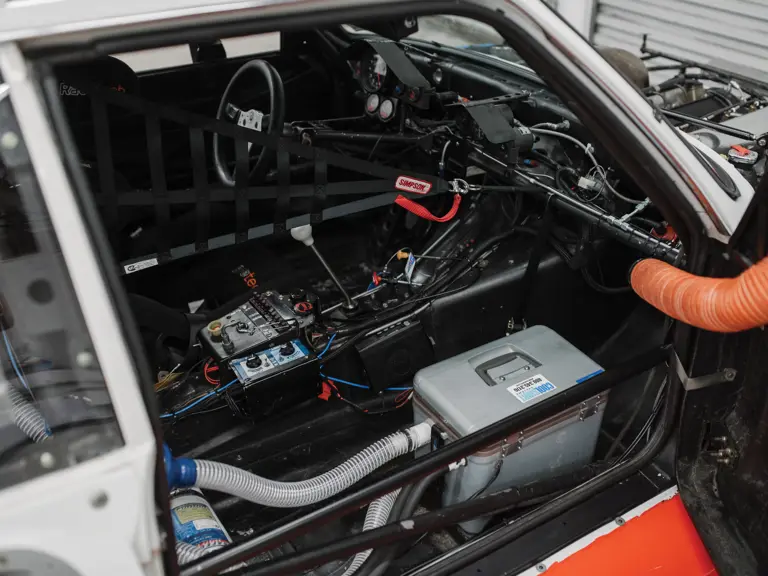

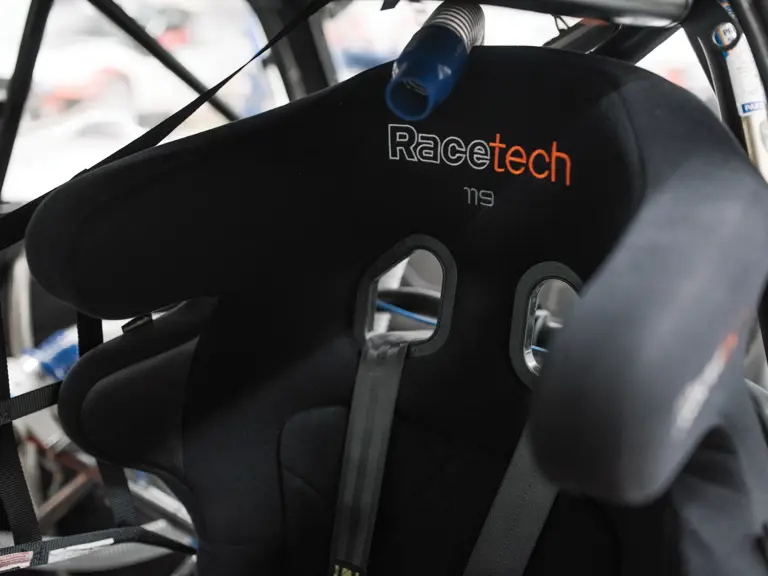
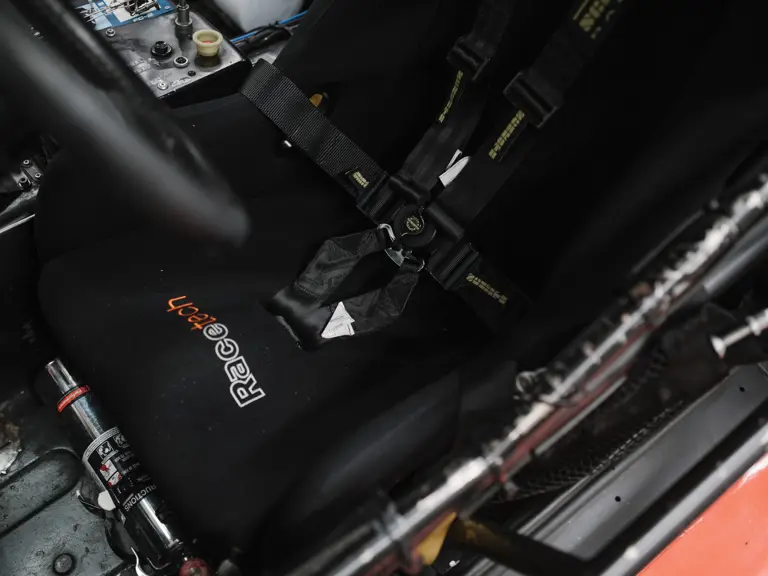
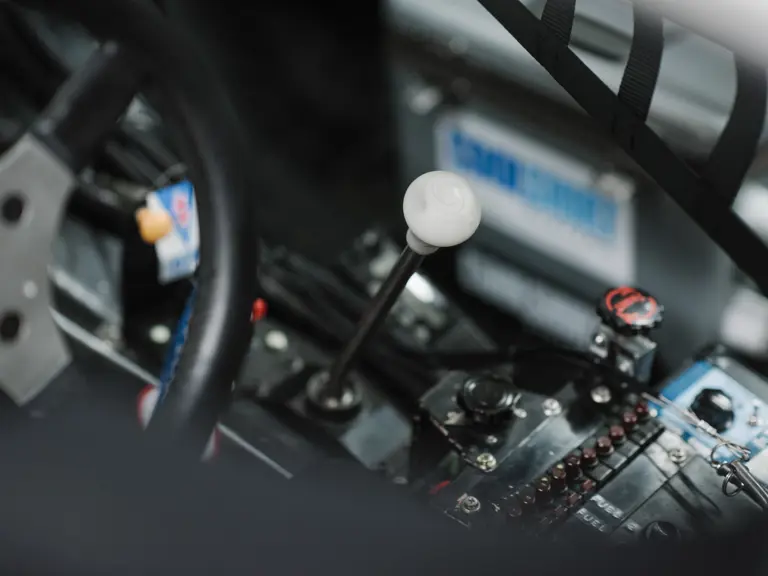
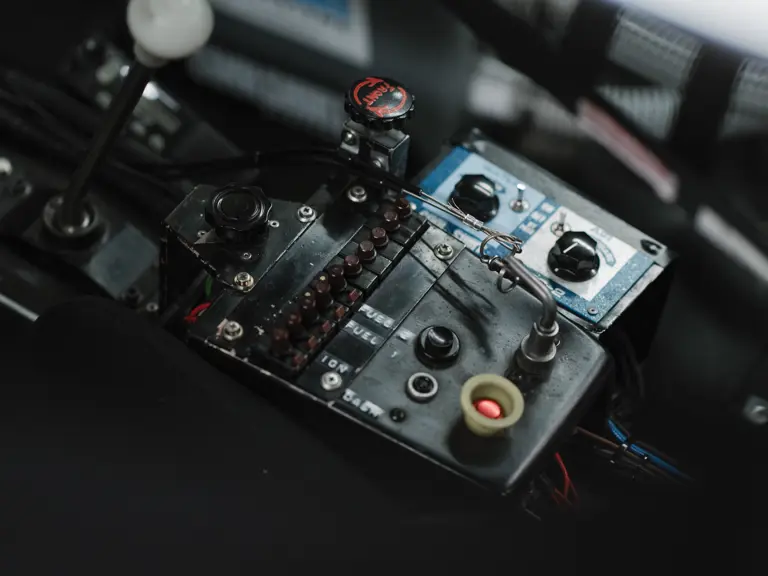
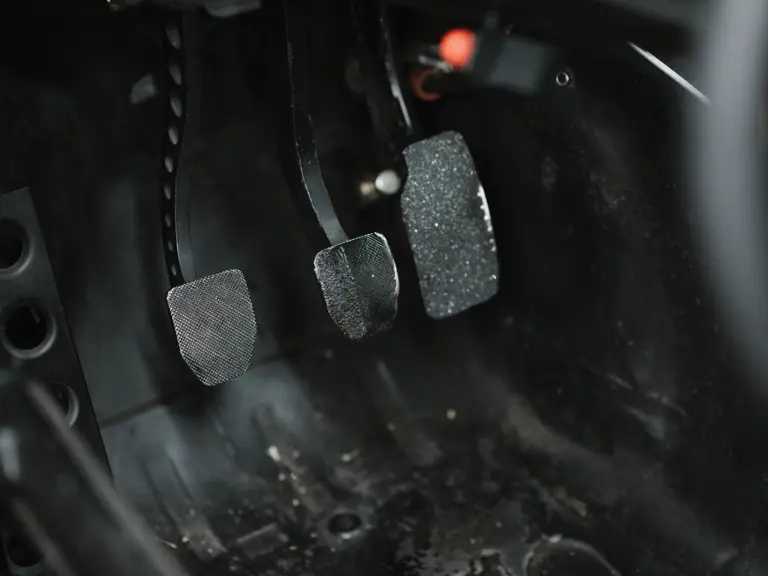

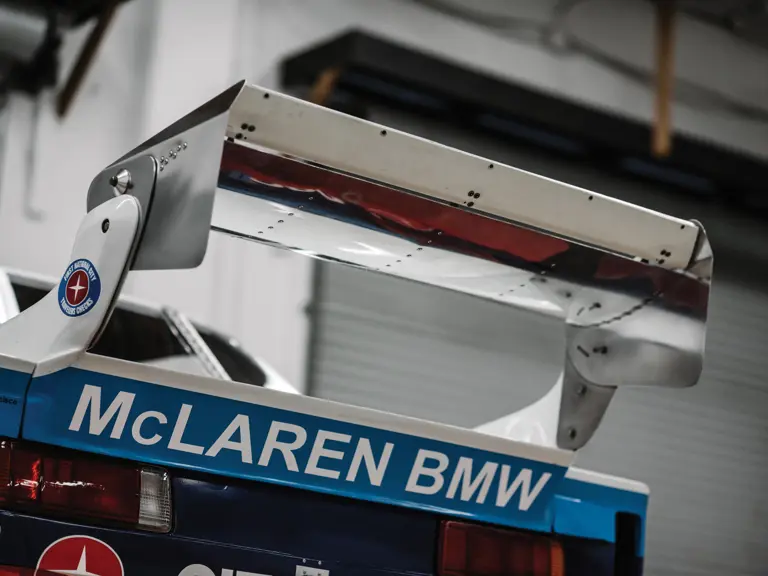
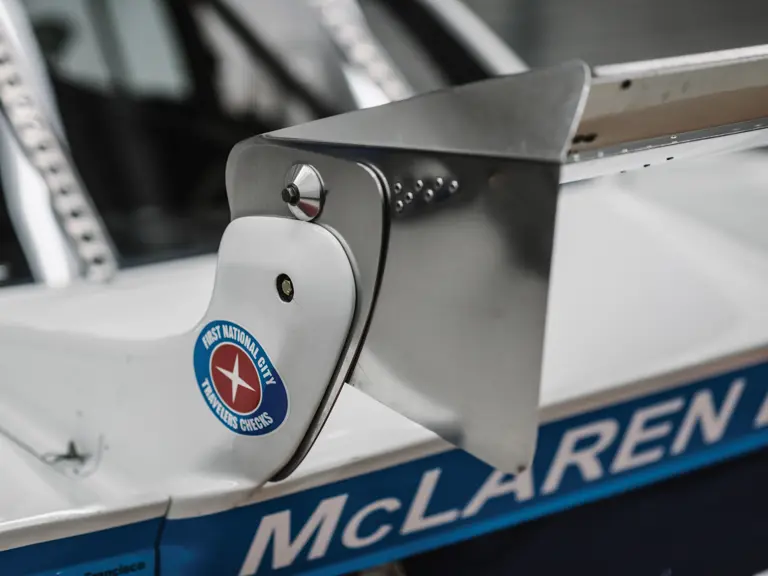

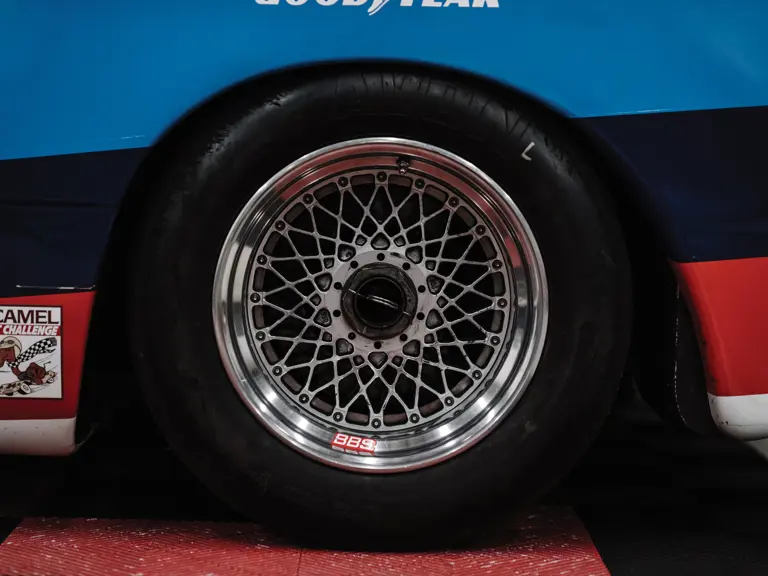

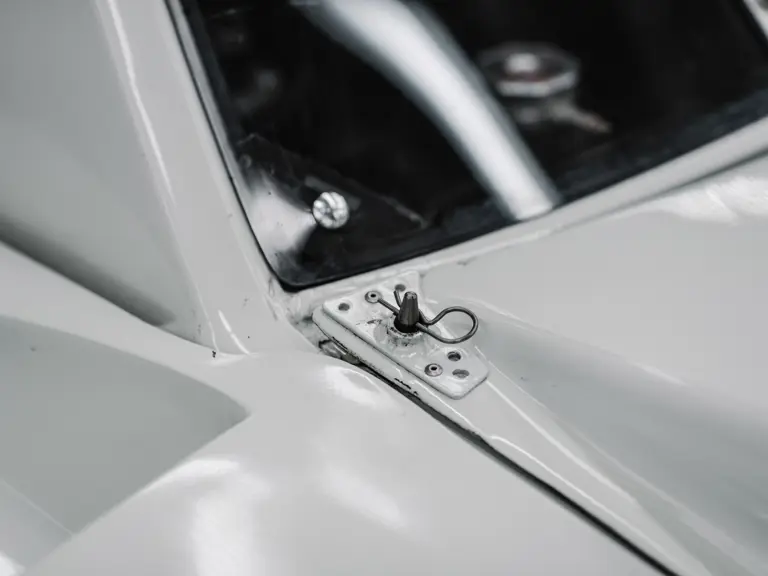

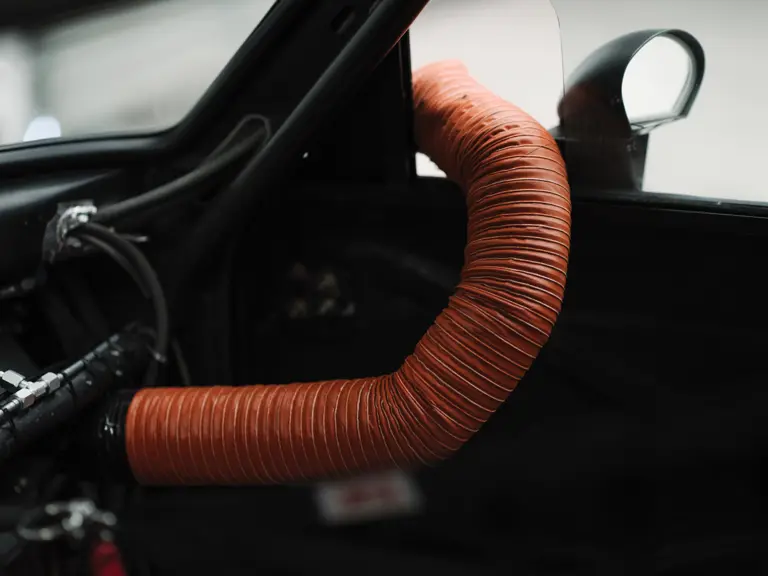
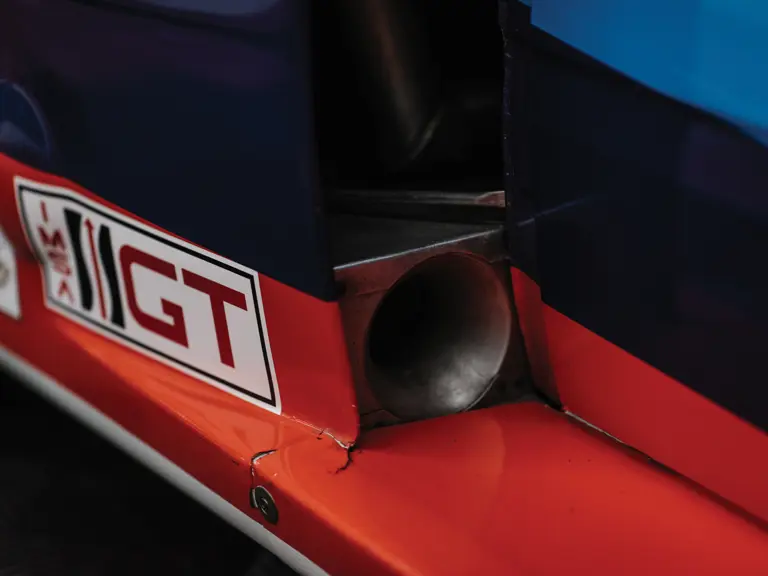
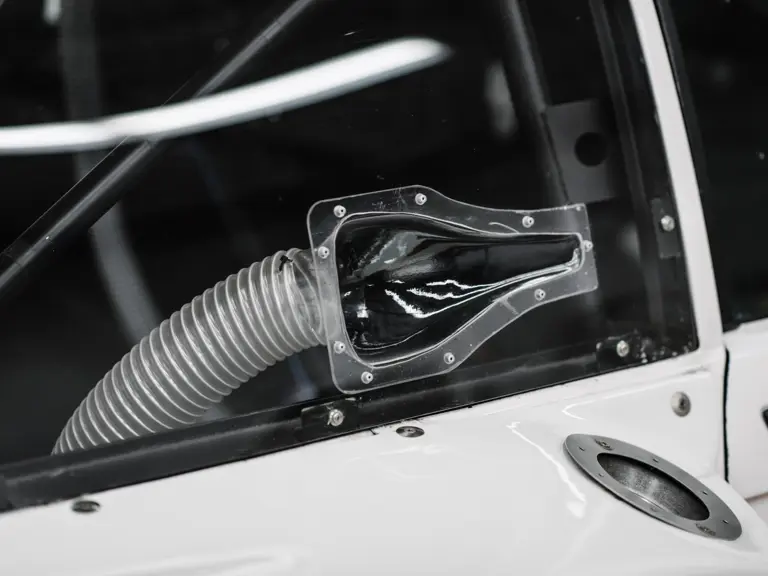


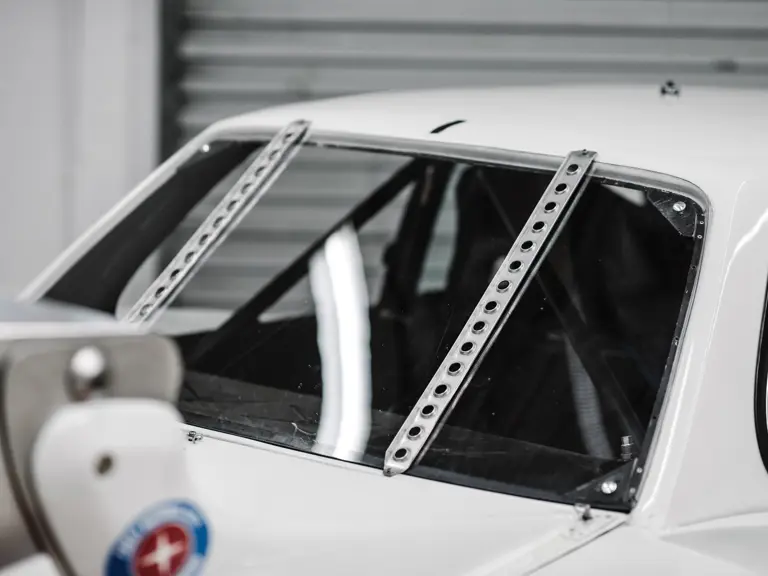
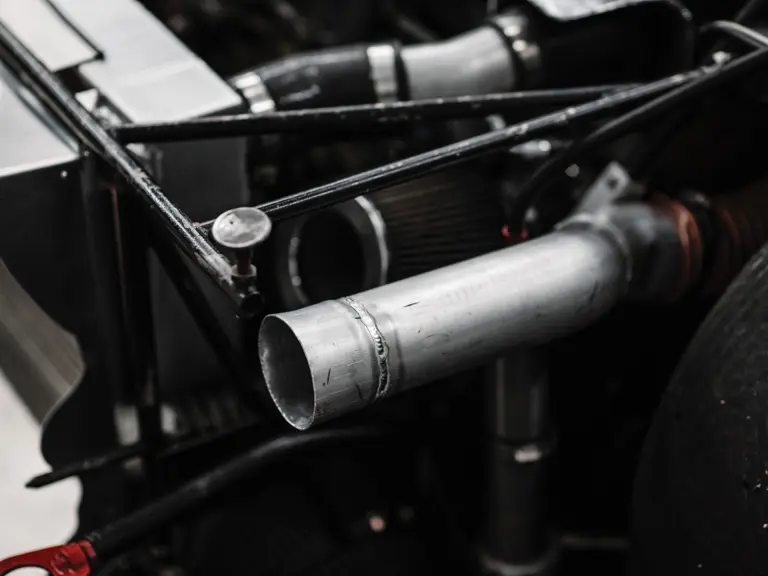
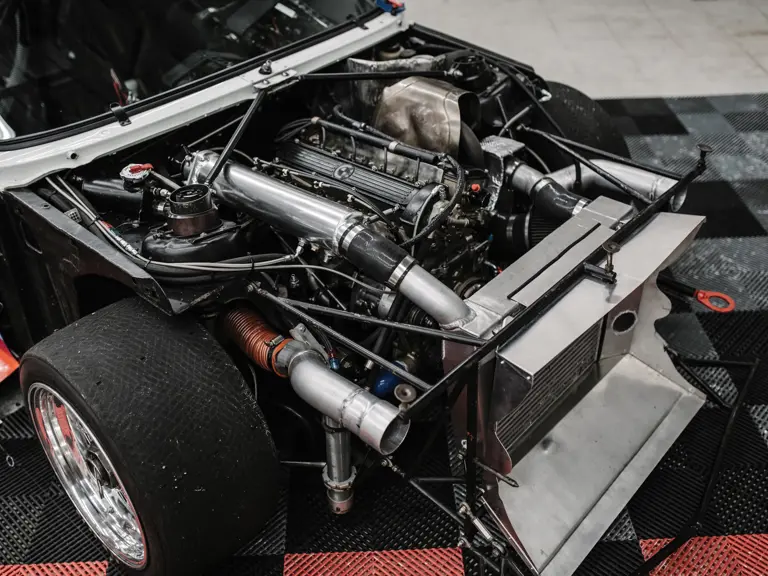
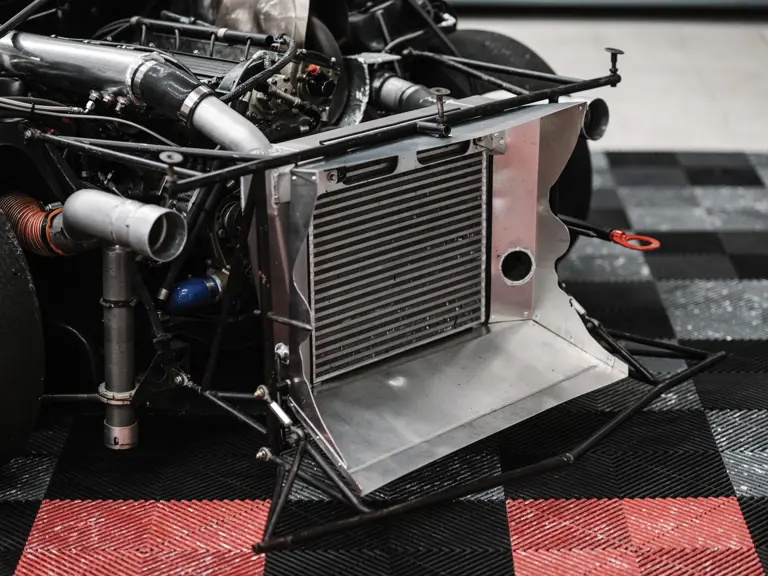
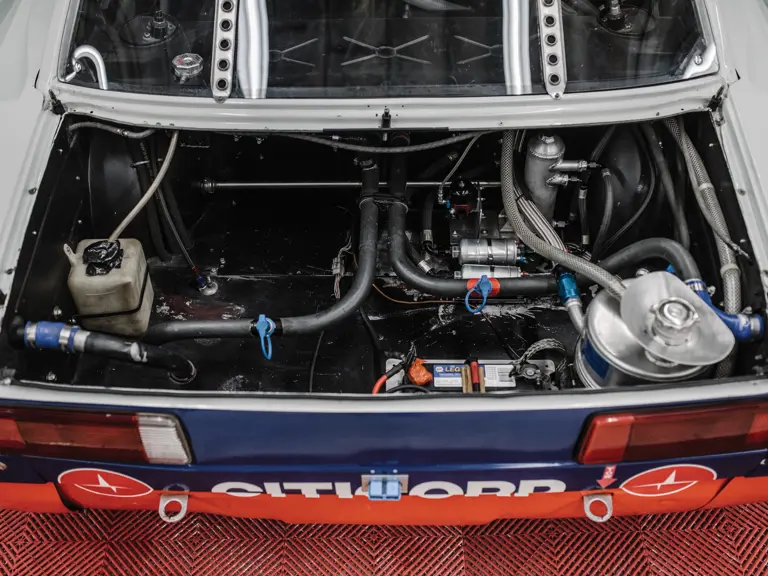

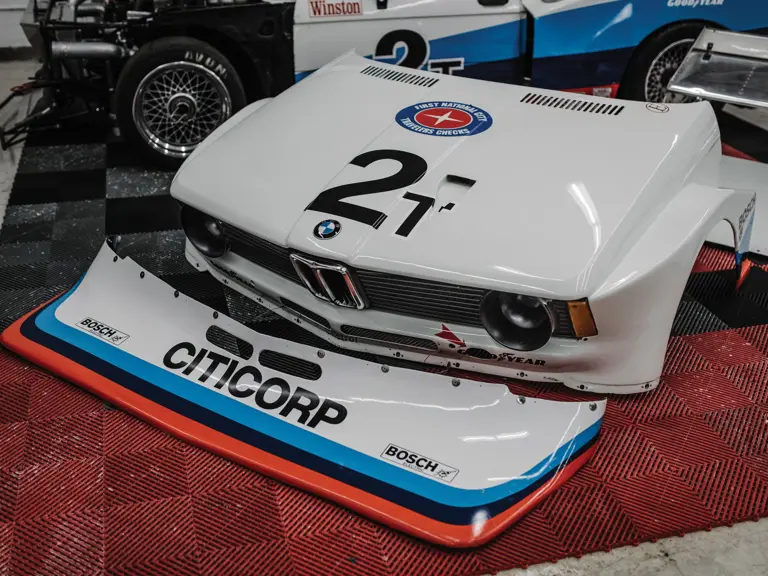
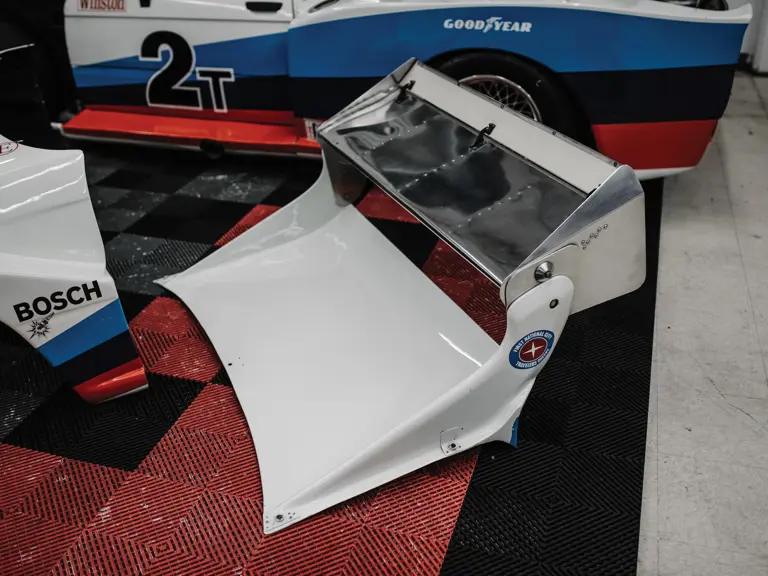
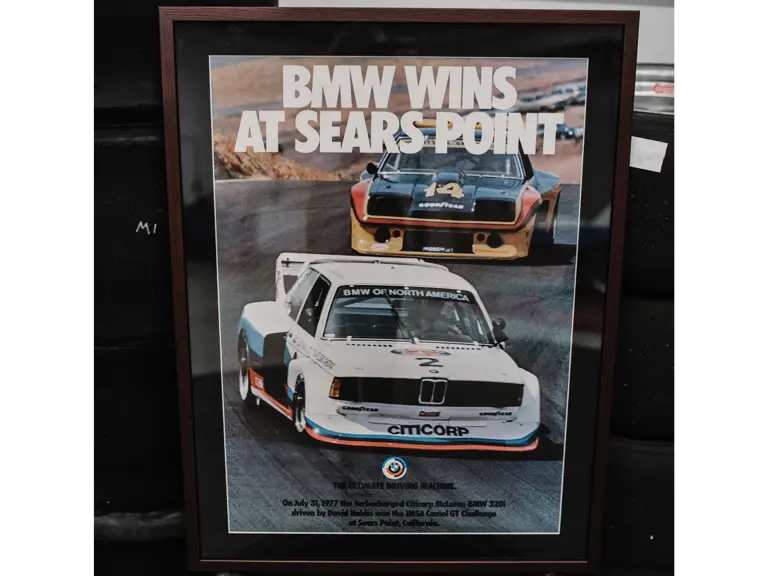
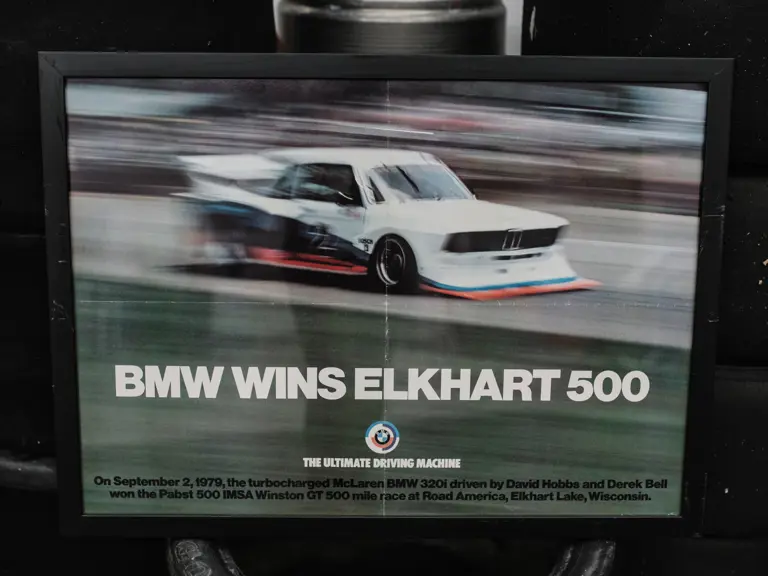
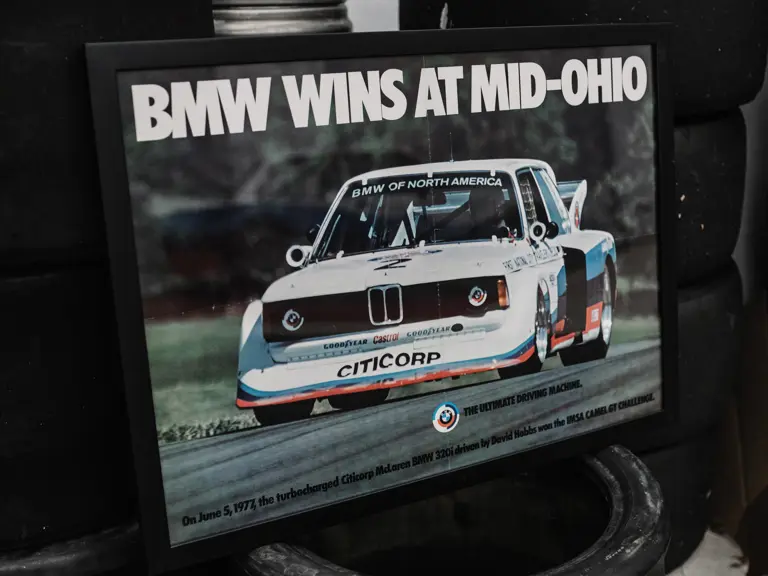
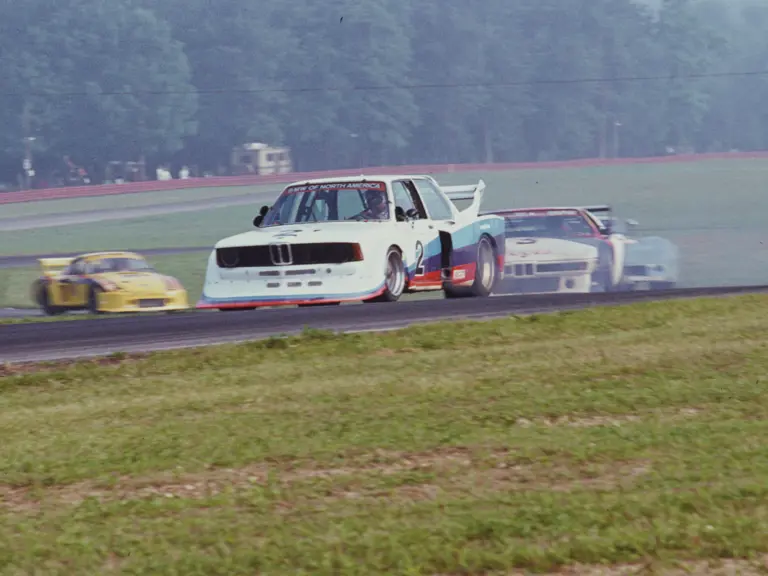
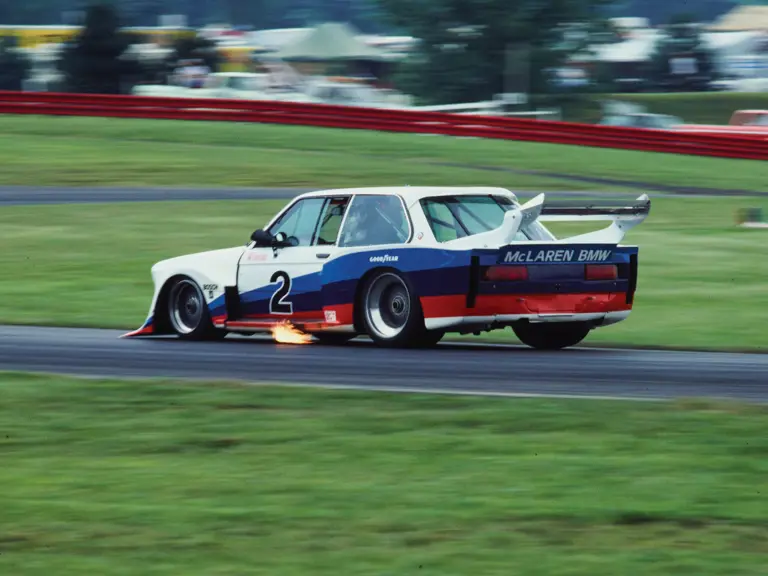
 | Monterey, California
| Monterey, California
